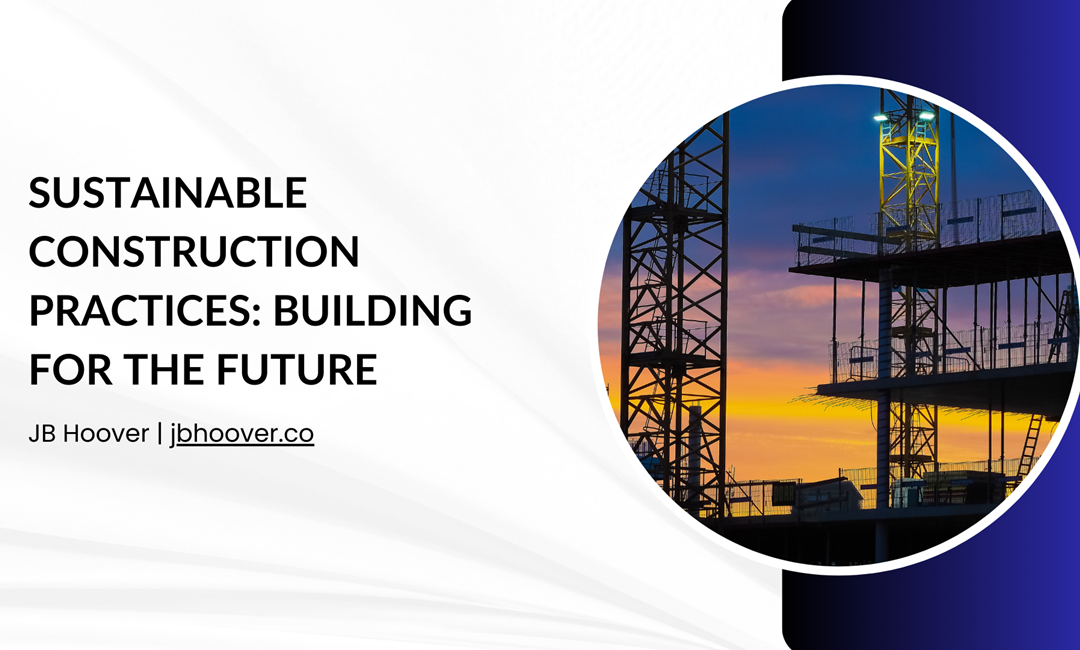In recent years, there has been a growing recognition of the environmental impact of construction activities and a shift towards more sustainable building practices. Sustainable construction aims to minimize the negative environmental impact of building projects while maximizing resource efficiency, promoting social equity, and ensuring economic viability. By adopting sustainable construction practices, builders, developers, and policymakers can create buildings that are environmentally friendly, healthier, more resilient, and cost-effective in the long run.
One key principle of sustainable construction is reducing energy consumption and greenhouse gas emissions. This can be achieved by designing buildings with energy-efficient features, utilizing renewable energy sources like solar or wind power, and optimizing building orientation and layout to maximize natural light and ventilation. By reducing energy demand and reliance on fossil fuels, sustainable buildings can help mitigate climate change and reduce operating costs for building owners and occupants.
Another critical aspect of sustainable construction is minimizing waste and promoting resource efficiency. This involves using environmentally friendly building materials, such as recycled or reclaimed materials and adopting construction techniques that reduce waste generation. Additionally, sustainable construction practices emphasize the importance of designing buildings for longevity and adaptability so they can be easily modified, repurposed, or deconstructed at the end of their life cycle, reducing the amount of construction waste that ends up in landfills.
Sustainable construction also prioritizes water resource conservation. This includes implementing water-saving technologies, such as low-flow fixtures and rainwater harvesting systems, and designing landscapes that require minimal irrigation. By reducing water consumption and promoting water reuse and conservation, sustainable buildings can help alleviate pressure on water supplies and contribute to a more resilient and sustainable water infrastructure.
Moreover, sustainable construction practices prioritize the use of non-toxic, environmentally friendly building materials and products. This helps create healthier indoor environments for building occupants by minimizing exposure to harmful chemicals and pollutants. Sustainable buildings often incorporate biophilic design principles, such as natural materials, vegetation, and daylighting, to promote human health and well-being.
Furthermore, sustainable construction practices aim to promote social equity and community resilience. This includes ensuring access to affordable, energy-efficient housing for all members of society and creating buildings and infrastructure that are resilient to natural disasters and climate change impacts. Sustainable construction can help address societal challenges and create more inclusive and resilient communities by prioritizing social equity and community resilience.
In conclusion, sustainable construction practices are essential for building a more sustainable and resilient future. Sustainable buildings can minimize their environmental impact by prioritizing energy efficiency, resource conservation, water management, indoor air quality, and social equity while enhancing human health, well-being, and resilience. As the construction industry evolves, embracing sustainable construction practices will be critical for building a more sustainable and prosperous world for future generations.
